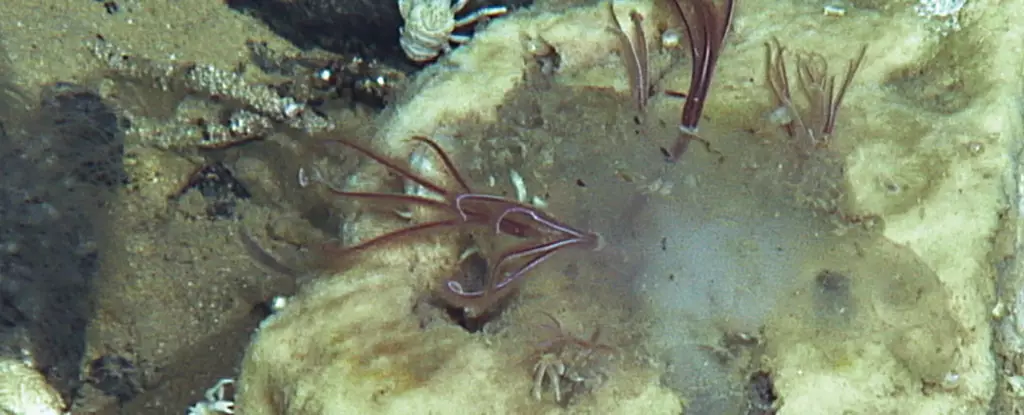The discovery that bone-eating worms, specifically the genus Osedax, have persisted for over 100 million years fundamentally challenges our understanding of evolutionary stability and adaptability. These creatures, which feed on the skeletons of whales and other marine reptiles, exemplify a form of niche specialization that has remarkably endured through tumultuous geological epochs, climate shifts, and mass extinctions. Such persistent existence contradicts the common narrative of constant evolutionary flux, undermining the assumption that most species evolve rapidly or are fleeting in their ecological contributions. Instead, these worms reveal an underlying resilience and niche conservation that speaks to the power—and perhaps the stubbornness—of certain biological strategies.
This revelation forces us to question the nature of adaptive evolution. If these worms have maintained a similar form and behavior across hundreds of millions of years, it suggests that their particular method of exploiting bones is extraordinarily efficient and resistant to environmental changes. This raises uncomfortable questions about the capacity for many ancient organisms to adapt rapidly enough to modern environmental pressures, such as ocean acidification, pollution, and climate warming. Are we witnessing the remnants of a biological strategy that once dominated our oceans but is now threatened by rapid human-induced change? Or is this stability an evolutionary dead end, implying that these worms are less adaptable than previously believed?
Ecological Significance and Broader Environmental Impact
The role of bone-eating worms in the marine ecosystem is not merely a curious detail but a critical component of nutrient recycling in deep-sea environments. By consuming the remains of massive marine animals, these worms facilitate the decomposition process and ensure the transfer of nutrients back into the ocean’s biological cycles. Their existence exemplifies a complex, yet overlooked, part of the ocean’s ecological web—a web that has persisted nearly unchanged for millions of years.
However, this ecological function prompts further reflection on how ancient and modern ecosystems are interconnected. These worms, through their specialized feeding habits, symbolize a continuity of biological function that defies the typical expectations of ecological change over deep time. Their longstanding presence underscores the importance of preserving not just visible, charismatic species, but also the often invisible, fundamental organisms that maintain ecosystem stability. As the oceans face unprecedented disturbances, the resilience of these worms becomes a litmus test for the health of deep-sea environments and the sustainability of nutrient cycles that support marine biodiversity at large.
Confronting the Myth of Progress in Evolution
This discovery also confronts the often romanticized notion of evolution as a relentless march toward complexity or superiority. The persistence of these primitive-looking worms exemplifies a different paradigm: evolution as a process of persistence and niche conservatism. It underscores that not all adaptations lead to dramatic changes; some species remain relatively unchanged because their strategies are so successful that they require little modification over vast time scales.
Furthermore, the fact that these worms have remained so mechanically similar to their ancient ancestors calls into question the very idea of progression in evolution. If survival is measured by longevity and ecological stability, then perhaps these worms are among the most successful forms of life in the deep ocean. Conversely, their plight could also serve as a cautionary tale, illustrating how specialized organisms are often at the mercy of larger environmental upheavals, with their conservative nature being a double-edged sword.
This insight should inspire a critical reevaluation of how we perceive evolutionary success. It’s not solely about innovation or complexity but also about resilience, balance, and the ability to survive in specific ecological niches long after many other species have vanished. Recognizing this may shift the focus of conservation priorities to include these often overlooked but crucial contributors to ocean health. Ultimately, the story of bone-eating worms highlights that the true measure of evolutionary triumph isn’t just in rapid adaptation but also in the capacity to endure—and that this capacity may be more fragile than it appears.

Leave a Reply